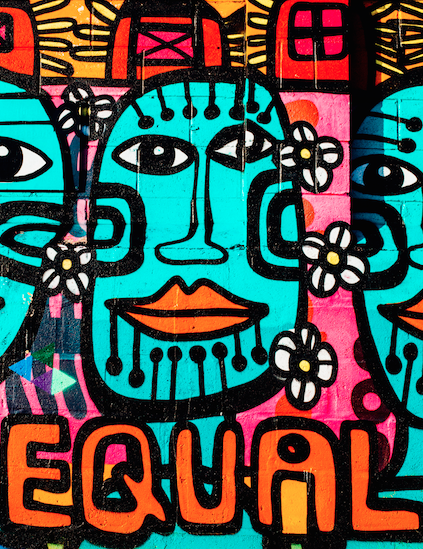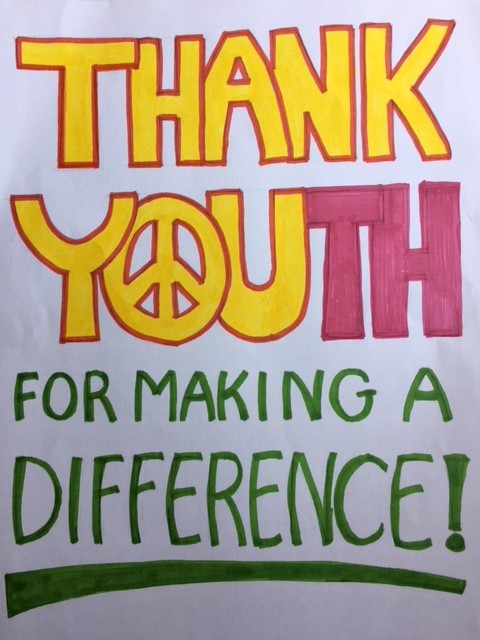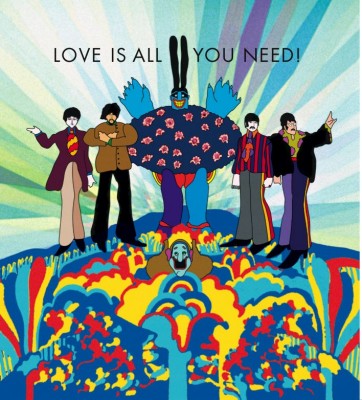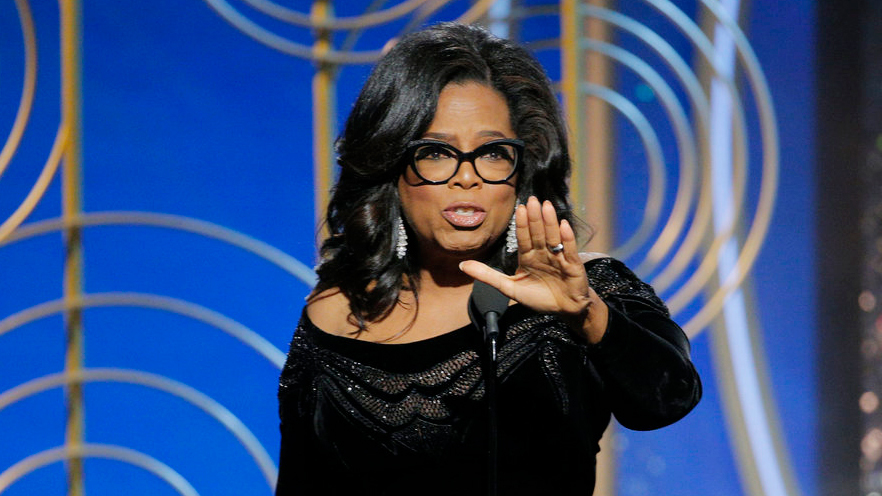“Wasn’t that a great movie?” I asked the woman who had been sitting one seat away from me in the theatre. “Yes!” she quickly replied. “I really enjoyed it. I could see this movie winning Best Picture at the Oscars,” I said. She agreed.
That movie is The Green Book. If you haven’t yet seen the movie, I highly recommend that you see it on the big screen. Everyone needs to see this movie.
The woman who I struck up a conversation with – and her friend – are African-American. My husband and I are Caucasian. We all agreed that everyone needs to see this movie to be reminded of the history of our American culture, and to give voice to centuries-old issues that we face to this day, like racism and inequality.
I could have easily walked past her after the movie ended. Instead, I chose to engage in dialogue. Pretty soon, her friend joined in, then two more African-American women, then another Caucasian couple. We formed a circle in the hallway outside the theatre, sharing our thoughts and feelings about the movie, and about our related life experiences.
When I served as a Graduate Teaching Assistant in graduate school more than two decades ago, the professor overseeing our Communication 101 course created the class syllabus which included the viewing and discussion of the classic 1957 movie, Twelve Angry Men.
I remember the conversation within my two classes, and how shocked I was by how little the students knew about the topic, about our justice system, power, persuasion, ethics and the decision-making process. It got me thinking: If you need to have an important conversation about a sensitive topic, let a movie guide you through the process.
You see, watching a movie with a diverse group of people, like your co-workers, creates a safe space for open dialogue because you are first observing the story, then responding to its content and lessons. It provides a good starting point for a conversation. Most companies and organizations invest great time and money in developing leadership, management and diversity programs. A great way to enhance any one of these programs is to include one or several “required watching” movies that spark open dialogue.
Until this movie, I had never heard of the real-life Green Book. The African-American women knew, though. One woman shared her childhood experience. She and her siblings were traveling with their mother in the Deep South in the late 1950s. They arrived at a Holiday Inn late at night in search of lodging. Unfortunately, blacks were not welcome at that particular hotel. Fortunately, the woman on duty secretly accommodated the family by offering a small room on the first floor if the woman’s family could be checked out before 4:00 a.m. The mother agreed and was grateful for the kindness of the night desk clerk, so grateful in fact that for the rest of her life, she patronized Holiday Inns whenever she traveled. She never forgot the generosity of that night clerk.
The other Caucasian man shared a story about his Army days, traveling through a small town in the South with his fellow soldiers on furlough and the racism that he witnessed because one of the men in his troop was black. With some finessing, he and his Army buddies were able to get their friend the train ticket that he needed so he could keep traveling with the troop to their final destination.
What started as a simple question to a fellow moviegoer had now grown into a full-blown, enriching dialogue among eight strangers. Each one of us had different backgrounds, histories, and lived experiences, yet we found a way to look at and talk about the common themes in the movie: Compassion. Kindness. Protection. Equality. Friendship.
When you listen, and when you value others’ perspectives, you open up your heart to hear and acknowledge their voices.
What movie could you watch with your team? What conversation could you initiate that could open eyes, enlighten, and even change perspectives?









